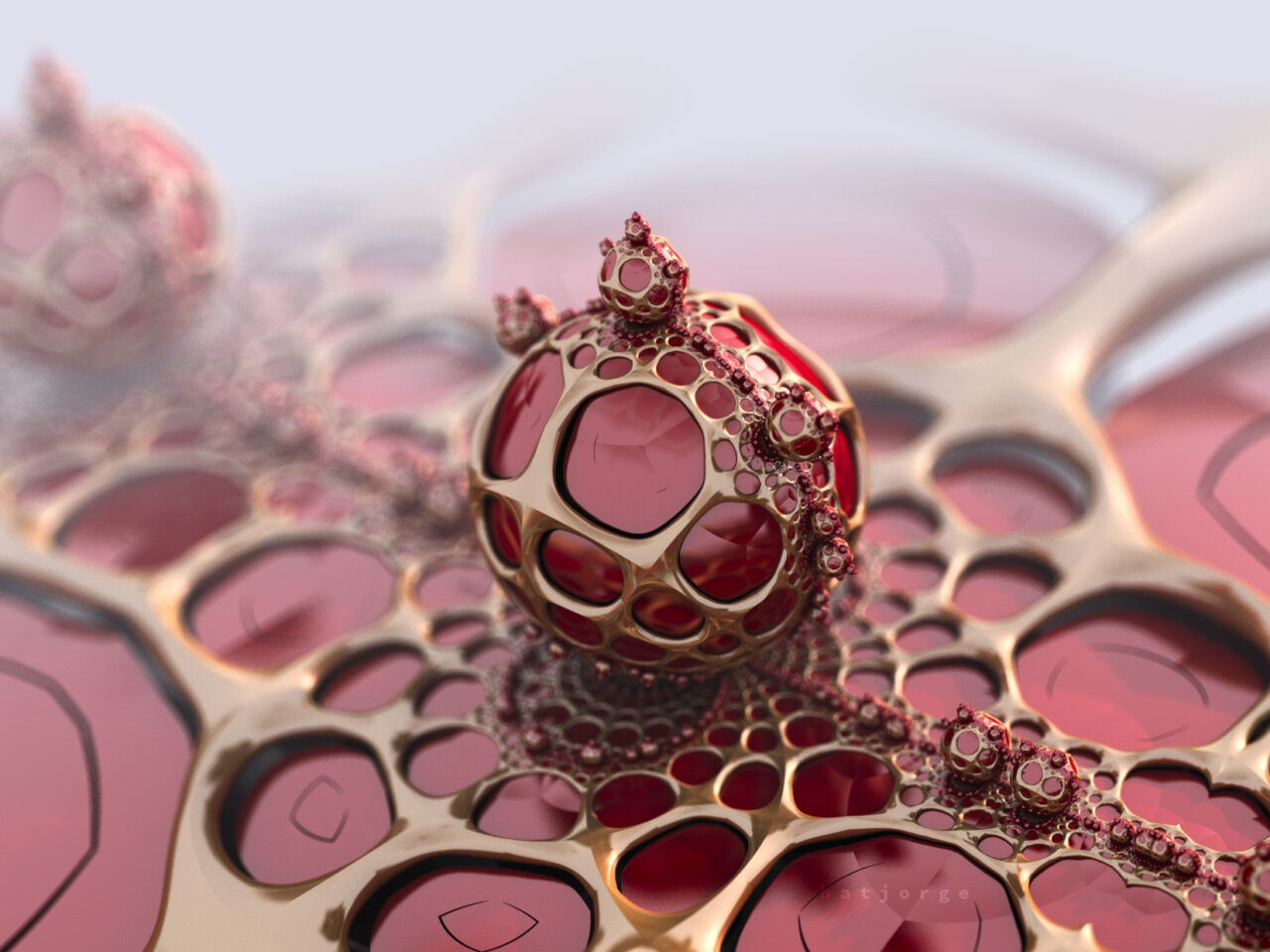


It can help emphasise surface details to make the object look more physically real.Ĭolors: are defined by three controls for red, green and blue components.Ĭolor spread: shifts the colour based on the normal. The minimum distance from the origin of the triplex number during the calculation is recorded and used to proportionally darken the surface.Īmbient occlusion emphasis: darkens the surface proportionally to the number of steps taken to reach the fractal intersection. Phong: enables phong shading with specular highlights.Īmbient occlusion: simulates the darkening of the more occluded areas of the surface. Only enable after the final output size is set. Set this low when exploring the fractal for responsive rendering and then only increase for high resolution output.Īntialiasing: enables 4x or 9x super sampling per pixel (the aa value squared). This in combination with the camera.y component is the most used parameter when exploring the Mandelbulb. Note, to reveal more details on the surface the camera position has to be moved, you can't just zoom in. Tweak the y component to zoom in by default.Ĭamera rotation: change the rotation of the camera on each axis.Ĭamera zoom: magnifies the current view. The fine tune parameters let you easily refine the position especially when close to the fractal surface. NavigationĬamera position: defines the x, y, z co-ordinates of the eye in 3D space. Julia: activates the Julia-set equivalent where the value is c is user defined and fixed throughout the entire calculation, rather than depending on position in space. Increase this value to see far side details of hollow structures like the Julia variations. Step limit: is the maximum number of steps a ray can take before aborting. It often works best with a low maxIteration value and might require fine tuning of the bailout and epsilon scale parameters. Radiolaria: when enabled this option constrains the y component of the triplex number resulting in interesting spiky structures. Doesn't work when using the 'quick formula' option. This should be increased for negative powers.Įpsilon scale: increases the number of steps in the ray tracing process and will help bring out fine details, especially when using the radiolaria option. A lower value tends to give rounder simplified surfaces.īounding: the radius of a bounding sphere around the fractal that is used to speed up the ray tracing. MaxIterations: higher values will reveal more detail when close to the fractal surface but increases calculation time.īailout: the 'escape' threshold for the fractal iteration. The default is 8 as it gives an aesthetically pleasing result. Power: the power n used in the fractal equation. There are quite a few controls to play around with that will need some explaining: Defining the fractal It runs at about 15fps 640x480 on my iMac that has an NVIDIA GeForce 8800GS graphics card.
#Mandelbulb 3d v191 rendering Patch
It will also work with QC3 as the patch is just a GLSL shader. The Quartz Composer patch was created with Quartz Composer 4 (QC4), which is part of XCode. The quick version might run about twice as fast but doesn't handle negative powers or phase options.įor Pixel Bender open the Mandelbulb.pbk file with the Adobe Pixel Bender Toolkit or copy it into the Pixel Bender Files folder in your Photoshop CS4 installation directory (you will need to have installed the PB plugin for Photoshop first).Īfter Effects CS4 users should copy the filter into a Pixel Bender folder within the Plug-ins/Effects directory. Note: there are two versions of each filter, the quick and and the normal.


 0 kommentar(er)
0 kommentar(er)
